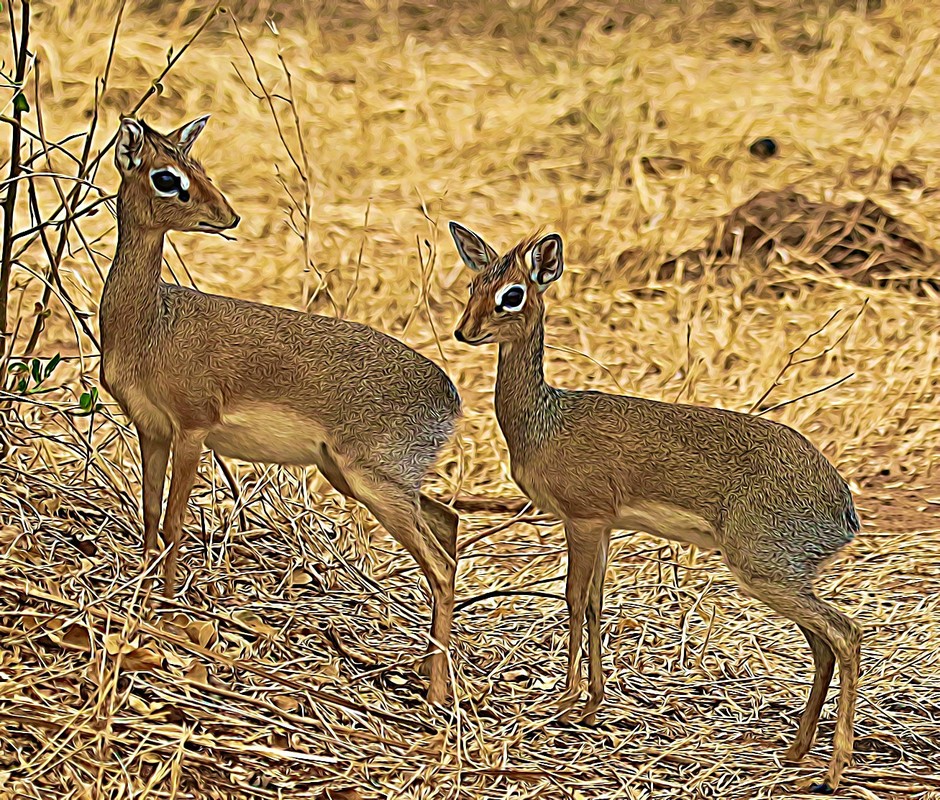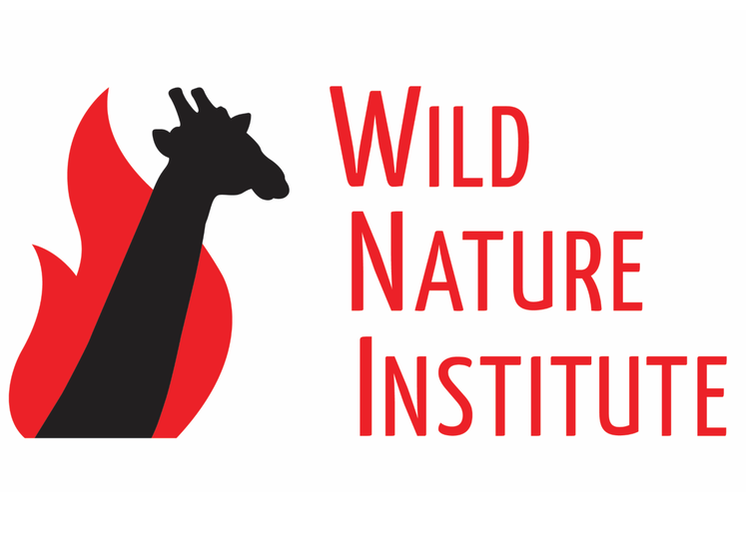 Dik-diks in Randilen WIldlife Management Area, Tanzania, East Africa. Dik-diks were among the wildlife species that benefitted from the community-based wildlife conservation area. Dik-diks in Randilen WIldlife Management Area, Tanzania, East Africa. Dik-diks were among the wildlife species that benefitted from the community-based wildlife conservation area. Good news about the environment is rare these days, but in Tanzania there are signs that local wildlife conservation efforts can effectively protect the natural resources that provide the lion’s share of revenue for the economy. Eco-tourism is Tanzania’s largest economic sector and biggest dollar earner for this developing nation, but wildlife populations have suffered in recent decades from poaching and clashes with people involved in other economic activities such as farming and mining. The good news comes from a new study that found community-based wildlife conservation can quickly result in clear ecological success, with the largest and smallest species being among the winners. In a paper published today in the Journal of Mammalogy, scientists from the Wild Nature Institute documented significantly higher densities of giraffes and dik-diks, and lower densities of cattle in a community Wildlife Management Area (WMA) relative to an unprotected control site. Dr. Derek Lee, lead author of the study and Principal Scientist at Wild Nature Institute said, ”There have been social and economic critiques of WMAs, but the ecological value or success of WMAs for wildlife conservation had never been quantified. Our data demonstrated that WMA establishment and management had positive ecological outcomes in the form of higher wildlife densities and lower livestock densities. This met our definition of ecological success, and hopefully these results will encourage more community-based conservation efforts.”
0 Comments
Your comment will be posted after it is approved.
Leave a Reply. |
Science News and Updates From the Field from Wild Nature Institute.
All Photos on This Blog are Available as Frame-worthy Prints to Thank Our Generous Donors.
Email Us for Details of this Offer. Archives
July 2024
|
|
Mailing Address:
Wild Nature Institute PO Box 44 Weaverville, NC 28787 Phone: +1 415 763 0348 Email: [email protected] |
|

 RSS Feed
RSS Feed
